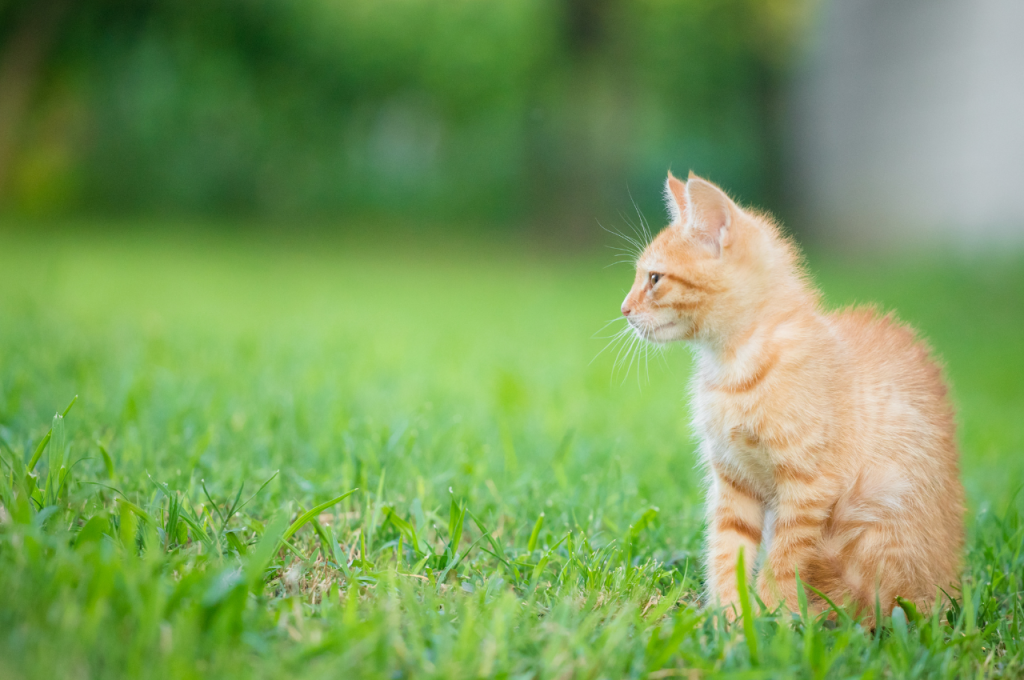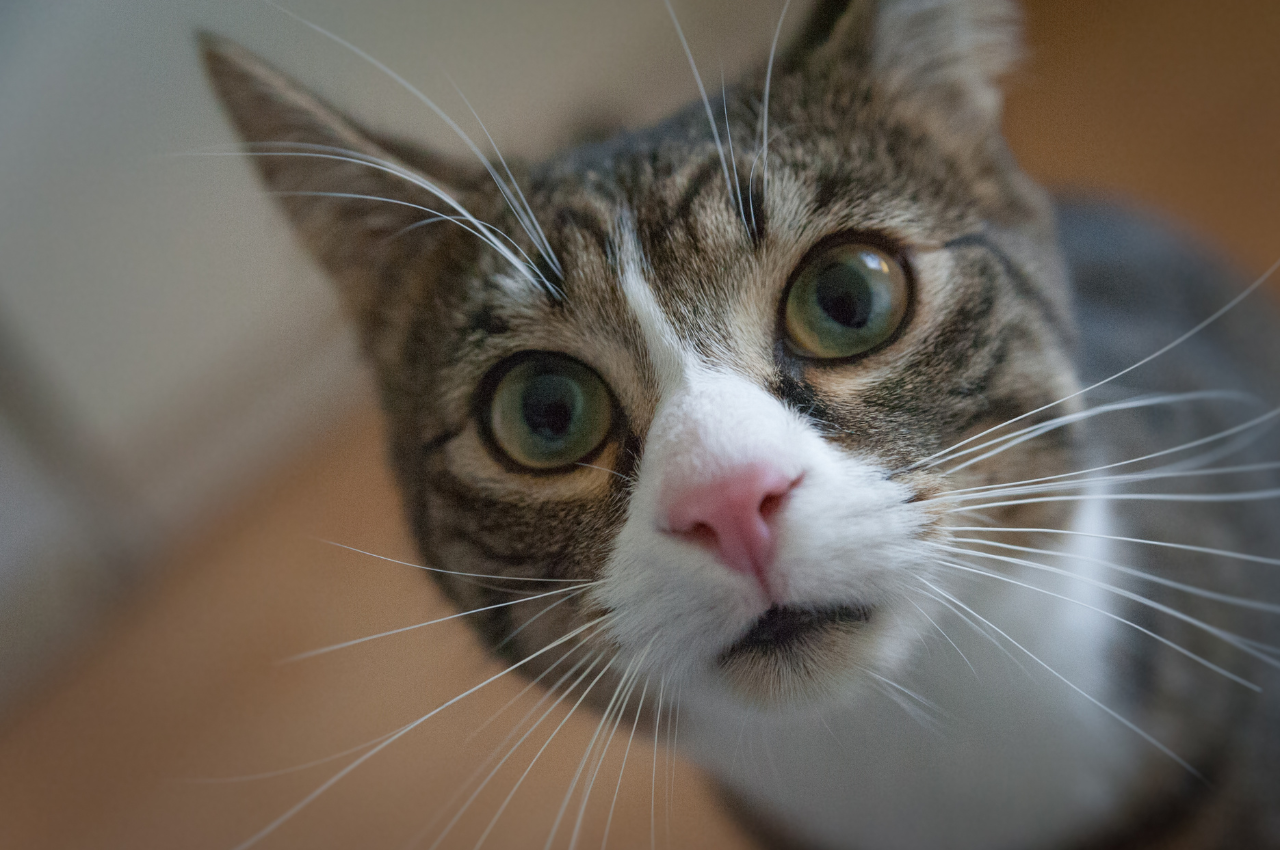To train your cat to stop knocking things over, provide mental and physical stimulation through interactive play and toys. Offer vertical spaces and secure items to minimize opportunities for knocking over objects.
Cat-proof your home by securing fragile items and using deterrents like double-sided tape. Reward positive behavior with treats and praise to reinforce the desired actions. Remember, consistency is key when training your cat to stop knocking things over. Cats are known for their curious and playful nature, which can sometimes lead to mischief around the house.
If your feline friend has a habit of knocking things over, it can be frustrating and even cause damage to your belongings. However, with a few simple training techniques and some patience, you can teach your cat to refrain from this behavior. By understanding your cat’s instincts and providing appropriate outlets for their energy, you can effectively redirect their attention away from knocking objects off surfaces. Let’s explore some effective strategies to help you train your cat to stop this behavior.
Understanding Your Cat’s Behavior
Learn how to train your cat to stop knocking things over with a better understanding of their behavior. Discover effective techniques to prevent your furry friend from causing chaos in your home.

Understanding your cat’s behavior cats are complex beings who have specific reasons for their actions. By comprehending the instinctual curiosity boredom and attention-seeking tendencies of your feline friend, you can effectively tackle their habit of knocking things over. Instinctual curiosity drives cats to explore their surroundings. They are naturally drawn to objects that catch their eye, often leading to playful interactions.
Understanding this trait is crucial in finding ways to redirect their curious behavior positively. Boredom and attention-seeking are common factors that prompt cats to knock things over to gain your notice. When bored, they seek stimulation through playful mischief, including knocking over items. Providing ample mental and physical stimulation can deter this behavior. Engage your cat with interactive toys, scratching posts, and regular play sessions to keep them entertained. Now, let’s delve into practical methods to train your cat and prevent them from causing havoc in your living space.
Creating A Cat-friendly Environment
Enhance your living space to cater to your feline friend by creating a cat-friendly environment. Utilize vertical spaces and interactive toys to divert your cat’s attention away from knocking things over. Incorporate scratching posts and play areas to keep your cat engaged and prevent unwanted behavior.
Provide Sufficient Mental and Physical Stimulation
Cats need mental and physical stimulation to prevent knocking things over.
- Offer interactive toys to keep your cat entertained.
- Rotate toys to maintain interest and prevent boredom.
- Introduce puzzle feeders to stimulate their mental abilities.
Set Up Designated Play Areas
Designate specific areas for playtime to avoid knocking over objects.
- Create vertical spaces with cat trees for climbing.
- Include scratching posts to satisfy their instincts.
- Provide hideaways and cozy spots for relaxation.
Positive Reinforcement Training
Teach your cat to stop knocking things over using positive reinforcement training techniques. Reward good behavior with treats or praise when your feline friend refrains from causing chaos, fostering a positive environment for learning and behavior modification. This approach can help redirect your cat’s attention to more appropriate activities and prevent destructive behavior in the future.

Reward Desired Behavior
To train your cat to stop knocking things over, it’s essential to use positive reinforcement. Cats respond well to rewards and incentives, making it an effective training method. Positive reinforcement is all about rewarding your cat for the desired behavior you want them to exhibit.
When your cat behaves in a way that you want them to, it’s important to acknowledge and reward their good behavior. This positive reinforcement makes them more likely to repeat the desired behavior in the future. Rewards can be in the form of treats, praise, or playtime. Make sure to choose rewards that your cat finds motivating and appealing. This will ensure your cat remains engaged and motivated throughout the training process.
Use Clicker Training
Clicker training is an effective technique that involves using a clicker to mark the desired behavior and then following it up with a reward. The clicker acts as a signal that tells your cat they have done something right.
With clicker training, you can be precise and consistent in communicating to your cat what behavior you want from them. The click sound is distinct and easy for cats to understand. It establishes a clear association between the click and the reward, making it easier for them to learn.
To start clicker training, hold the clicker in one hand and a treat in the other. When your cat demonstrates the desired behavior, such as not knocking over an object, click the clicker to mark the behavior and then immediately give them a treat. Over time, your cat will start to understand that the click means they will receive a reward. This will encourage them to perform the desired behavior on their own without the need for the clicker or treats.
Redirecting The Behavior
Redirecting your cat’s behavior is a crucial step in training them to stop knocking things over. By offering alternative activities and using deterrents, you can effectively redirect your cat’s attention and prevent them from causing chaos in your home.
Offer Alternative Activities
Provide plenty of engaging activities for your cat to enjoy, such as interactive toys, scratching posts, and puzzle feeders. Engaging toys and interactive games can help redirect your cat’s energy toward more appropriate outlets. Rotate their toys regularly to keep them interested and stimulated, reducing the likelihood of them seeking out destructive behaviors.
Use Deterrents
Implementing deterrents can help discourage your cat from knocking things over. Citrus-scented sprays or double-sided tape placed on surfaces they frequently target can dissuade them from interacting with those items. Startling noises or motion-activated deterrent devices can also be effective in redirecting your cat’s behavior away from unwanted activities.
Seeking Professional Help
If you are struggling to train your cat to stop knocking things over, seeking professional help may be necessary to understand and address your cat’s behavior. Consulting a veterinarian or animal behaviorist, and considering medication are important steps in finding the right solution for your cat.

Consulting A Veterinarian or Animal Behaviorist
When your cat’s behavior becomes difficult to manage, seeking help from a veterinarian or animal behaviorist is crucial. These professionals can provide valuable insights into your cat’s behavior and offer tailored solutions to address the problem.
Considering Medication
In some cases, medication may be considered as a part of the approach to managing your cat’s behavior. It is important to consult with a veterinarian to ensure the medication is appropriate and safe for your cat. Medication should always be used as a last resort and under the guidance of a qualified professional.
Conclusion
Train your cat to stop knocking things over with these effective strategies. By understanding their behavior and providing proper training, you can create a harmonious environment in your home. Remember to use positive reinforcement, provide sufficient mental and physical stimulation, and create designated play areas.
Be patient and consistent in your efforts to teach your cat appropriate behavior. With time and dedication, you’ll witness a transformation in your cat’s actions, creating a happier and more peaceful household for both of you.
